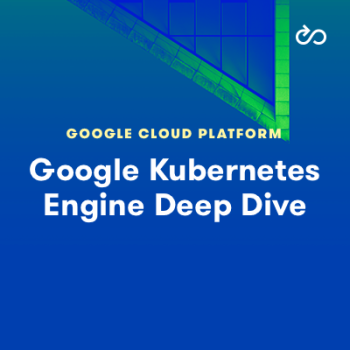
Description
Kubernetes is the open-source system for deploying, managing, and scaling containerized apps at the heart of Google Kubernetes Engine. This integration is totally natural. Google developed Kubernetes in-house and uses it to run its own most popular, global apps. Gmail, YouTube, and even Search run in Kubernetes Engine. It is a fully-managed service and, in this course, you’ll learn it from the ground up.
During this course, I’ll explain the concepts behind Kubernetes and its architecture in detail. You’ll learn what comprises a cluster, how to spin one up, deploy an application on it, and then scale out as needed. Such power needs to be handled properly. We’ll cover multiple levels of access control, from integration with Cloud IAM to Kubernetes-specific Role-Based Access Control. With any cloud computing system, networking is key. I’ll show you how Kubernetes Engine works with load balancers (both internal and external), as well as how to set up a private cluster, and declare a network policy.
Throughout the course, a fictitious company, LA Containers, is used to provide real-world scenarios in an interactive chart, which can be viewed here: https://interactive.linuxacademy.com/diagrams/LAContainers.html.
Additionally, the course describes how to convert the normally stateless Kubernetes Engine so that it handles stateful applications, with the addition of a persistent disk. We’ll also explore the techniques used for integrating Kubernetes Engine with other services on the Google Cloud platform such as Cloud Pub/Sub, Cloud Storage, and Cloud SQL.
Kubernetes is the de-facto standard for orchestrating containerized apps, and Google Kubernetes Engine is its most fully-realized implementation. Join me in the comprehensive exploration of this much-in-demand technology in Google Kubernetes Engine Deep Dive.
Download Links
Direct Download
Google Kubernetes Engine Deep Dive.zip (1.7 GB) | Mirror


